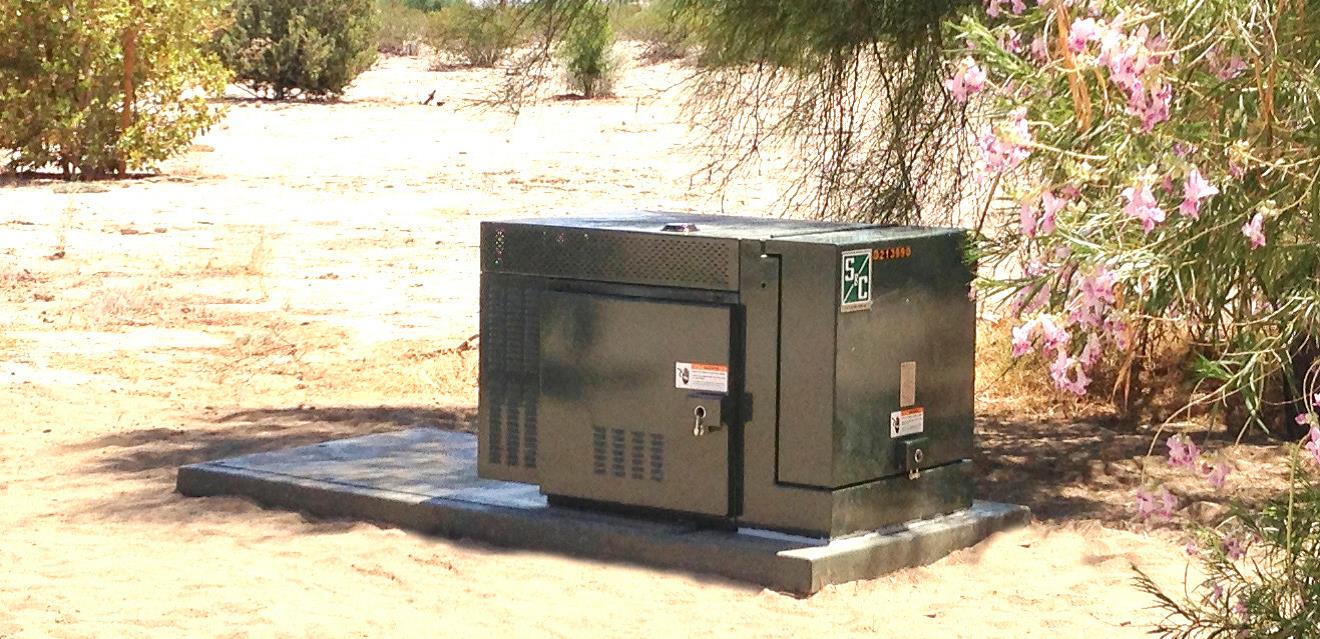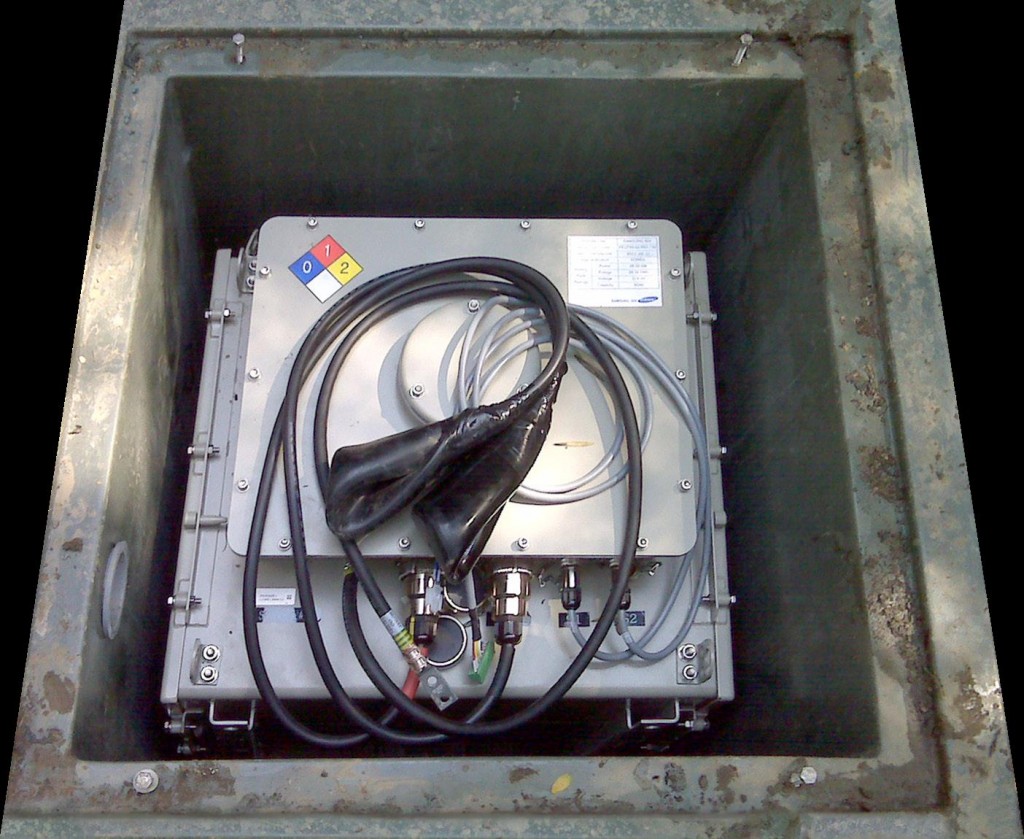S&C Provides Community Energy Storage to Smooth Solar Power in California
S&C Featured Solution: Energy Storage
Location: California
Customer Challenge
California utility companies are required to meet one-third of the state’s electricity needs with power produced by renewable generation sources by 2020. But the high penetration of renewable generation has created concerns regarding grid stability, power quality, and safety.
This California desert city is a primary example. The city is served by a utility substation located 20 miles out on a 69-kV transmission radial tap that crosses high, windy terrain. The challenging environment and unique design constraints led the utility to consider a pilot microgrid project in which photovoltaic-generated energy would power the city if an outage occurs on the utility source.
The utility was concerned about reverse power flow from the photovoltaic-generated energy during low-load periods that can create safety issues for the system and the people working on it. It was also concerned about the time required for the microgrid to form an island in response to an outage. The utility sought an energy storage expert to help determine the most effective and reliable means for storing renewable energy at the microgrid and contacted S&C Electric Company.
S&C Solution
S&C proposed its PureWave® CES Community Energy Storage System for the pilot microgrid project. Three 25-kW PureWave CES units were proposed to time-shift the photovoltaic- generated energy, storing it during daylight hours for release in the evening when daylight isn’t available but demand is still high. The batteries of each energy storage unit would provide two hours of run time while mitigating fluctuations in the photovoltaic generation by performing power smoothing. In total, the system would provide 150-kWh of energy storage.

S&C’s PureWave® CES units provided uninterrupted service to an islanded microgrid for the entire 25-hour outage.
If an outage occurs on the utility source, the energy storage units would provide continuity of service to utility customers, even while the microgrid is forming. The utility can also apply stored energy in response to area-wide power system issues. S&C’s IntelliTeam® DEM Distributed Energy Management System would control the energy storage units with communication provided by S&C SpeedNet™ Radios.
The utility accepted S&C’s proposed solution.
The three PureWave CES units were installed in close proximity to the solar generators. The batteries store excess solar generation, eliminating the possibility of reverse power flow locally and at the feeder level.
The energy storage units can be configured to meet peak capacity at the substation by performing peak shaving. The units release excess solar generation as required to offset peak loads, thus flattening the daily load profile and reducing the need for peaking generators.
If an outage occurs on the utility source, the energy storage units automatically disconnect from the distribution system and start discharging the batteries into the island, providing service to utility customers. When the utility source is subsequently restored, the islanded customers are automatically transferred back to the grid.
Valued Outcome
S&C partnered with the utility to ensure the project was a success by being on site to coordinate efforts and resolve issues. This included S&C personnel being fully involved with equipment installation, configuration, and testing.
The project went live in the spring, just in time to be used to smooth increasing peak loads and renewable generation. The energy storage units are now being used primarily for power smoothing and customer backup.
A Li-Ion battery being placed in an underground vault, beneath S&C’s PureWave® CES unit.
During a recent utility source outage, the energy storage units provided uninterrupted service to utility customers for the entire 25-hour outage duration. In an ideally balanced case, wherein daily photovoltaic generation and consumption are equal, islanding could be extended almost without limit.
The utility found the project to be a success and is evaluating plans to include it as part of its overall renewable energy strategy.
